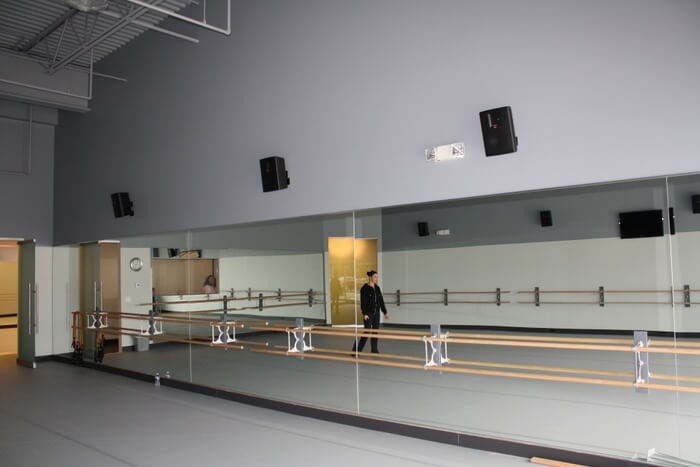Integrating Traditional Systems with Advanced Audio Connectivity Technologies for Improved Performance as well as Flexibility.
Integrating Traditional Systems with Advanced Audio Connectivity Technologies for Improved Performance as well as Flexibility.
Blog Article
In the current rapidly evolving world of audio technologies, the need to improve performance and adaptability in sound systems is more crucial than ever. Numerous entities and venues still rely on outdated technologies, which are older technologies that may fail to have the capabilities of contemporary equipment. Nevertheless, integrating these legacy systems with state-of-the-art sound networking solutions can lead to substantial improvements. Sound networking enables for better communication between devices, allowing it simpler to control and operate sound across various spaces.
A of the key advantages of integrating outdated systems with contemporary audio networking is enhanced flexibility. Conventional audio systems often require complex cabling and limited routing choices. With audio communication technologies like Dante or AVB, audio transmissions can be sent over conventional Ethernet cables. This implies that users can easily link multiple devices without the requirement for extensive reconfiguration. Regardless in a performance venue, a school theater, or a business event, this adaptability enables for quick modifications and changes to the audio setup without significant delays.
Quality is a further major element that enhances when older systems are modernized with current networking solutions. Legacy systems may have difficulty to deliver high-quality sound, especially in bigger venues or in challenging occasions. By adopting audio communication, entities can take advantage of advanced capabilities such as low latency, timing, and digital signal management. These advancements help ensure that audio is distinct and uniform, enhancing the overall quality for listeners and performers alike. This transition can create a marked difference in the way sound is perceived in various settings.
Moreover, harmonizing outdated technologies with modern technologies can lead to financial benefits in the extended run. Although modernizing to novel equipment may require an upfront cost, the efficiency gained through audio communication can lower upkeep costs and minimize the requirement for continuous fixes. Additionally, networked technologies often need less physical room than conventional setups, which can save on real estate expenses in locations. Organizations can allocate resources more efficiently, utilizing the savings they retain to allocate resources in other important areas.
Lastly, educating personnel on the method to use integrated technologies becomes easier with audio communication. Numerous modern audio communication platforms come with user-friendly controls and distant control features. This means that even those who may lack extensive technical expertise can learn to manage and control the audio systems efficiently. Educational learn about this here now programs can be designed focused on these technologies, enabling personnel to maintain and diagnose systems with assurance. By blending the legacy with the new, entities can create a more competent and knowledgeable workforce, in the end leading to better audio experiences for everyone concerned.